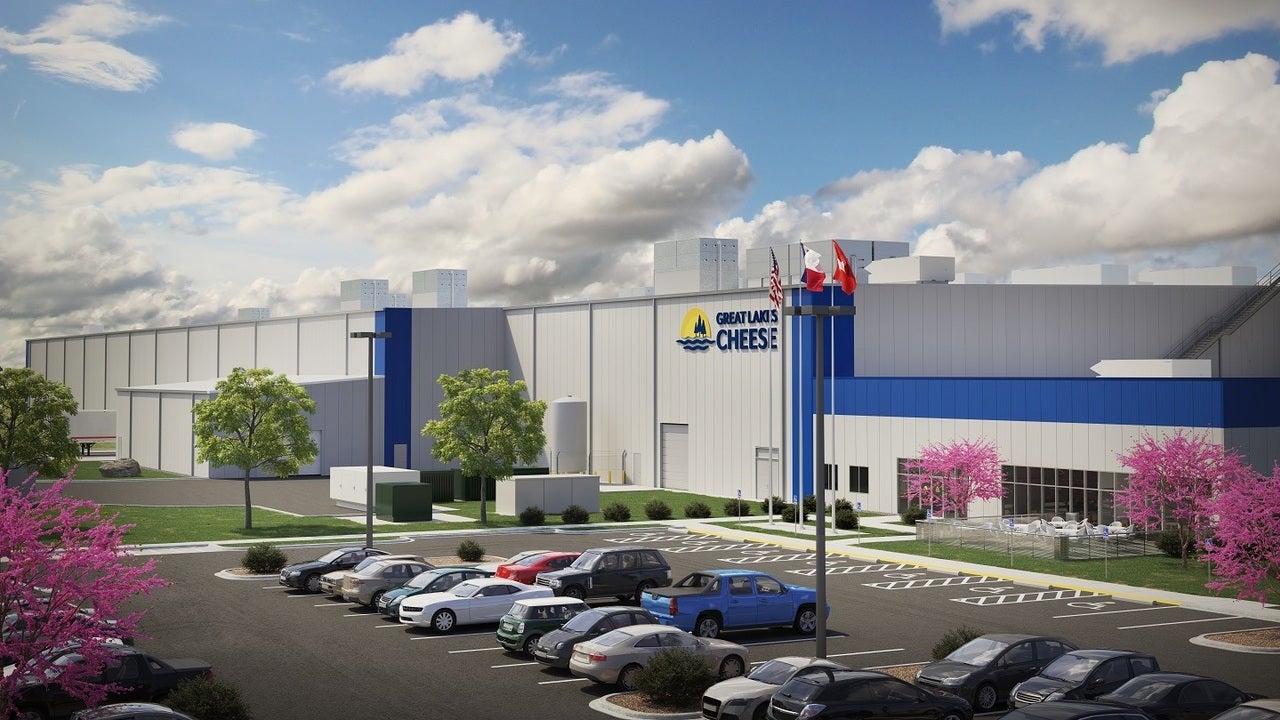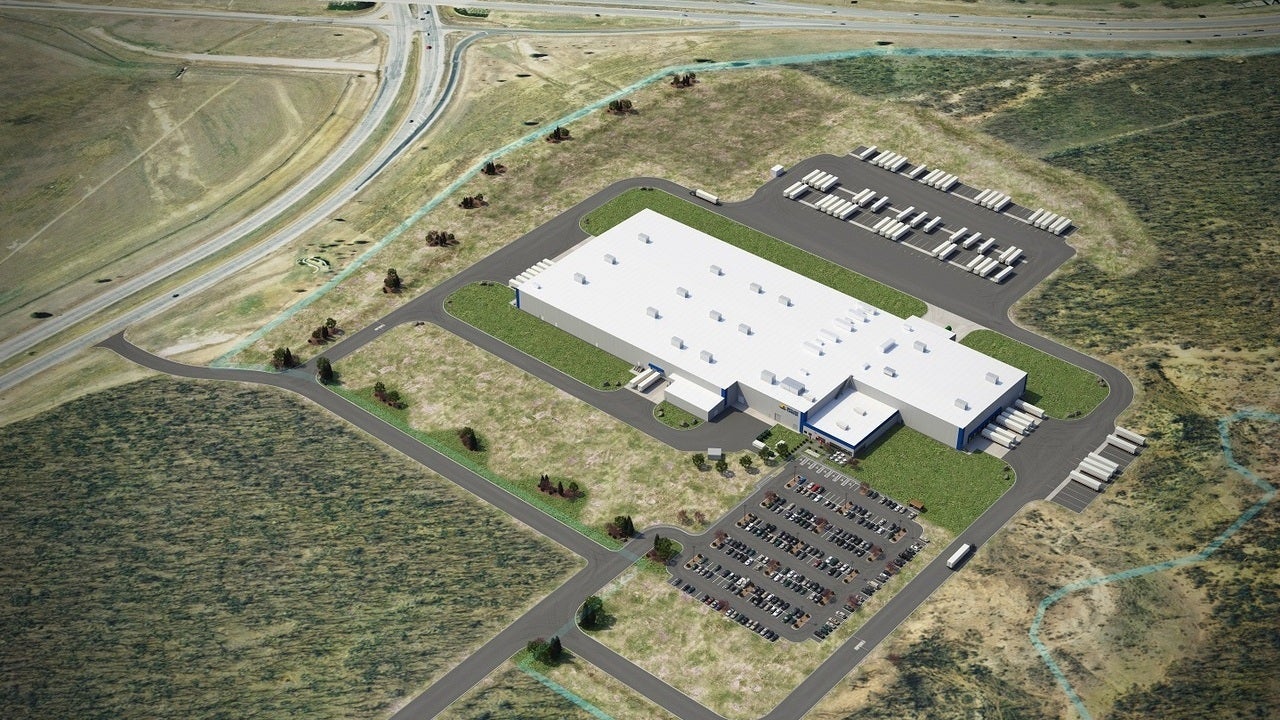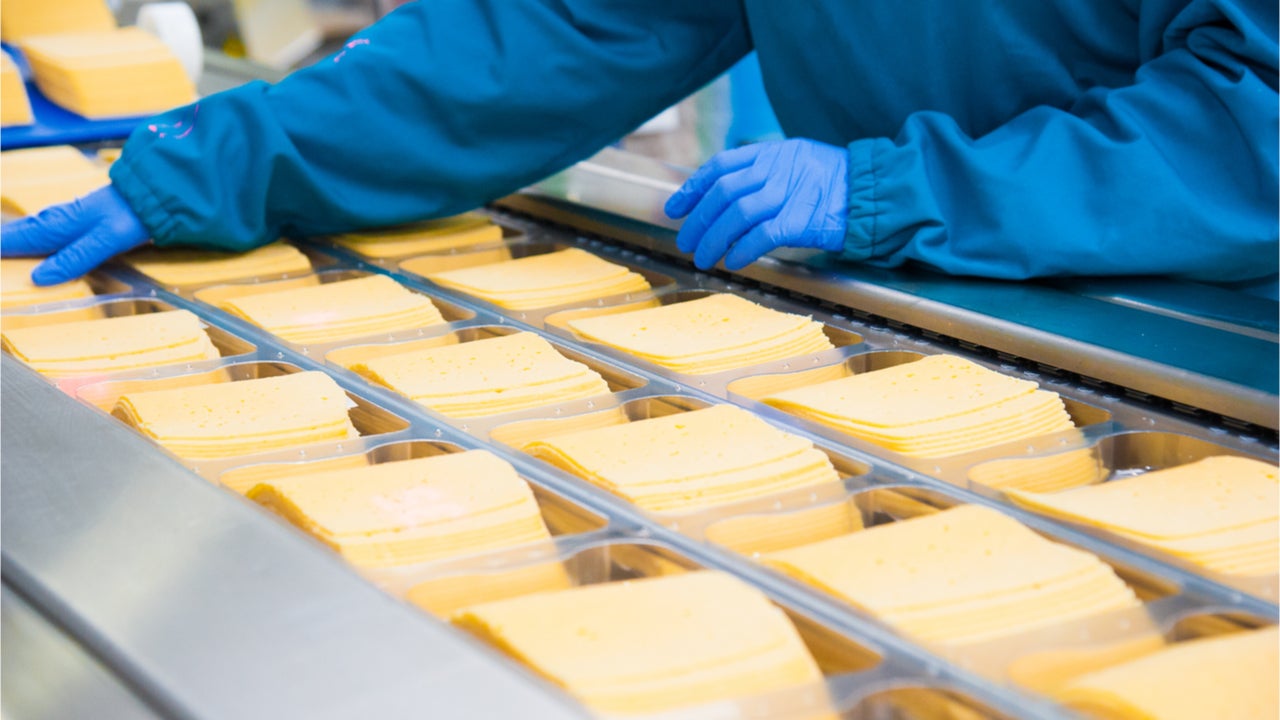Great Lakes Cheese, a cheese manufacturer based in Hiram, Ohio, broke ground on its new cheese packaging and distribution facility in Abilene, Texas, US, in May 2021. The facility is being developed with a capital investment of $185m.
The new packaging facility will support Great Lakes Cheese to efficiently serve its customer base in the state. The company will begin hiring employees for the new facility later in 2021. The facility will create more than 500 new jobs in the region.
Location and details of Great Lakes Cheese’s new facility
The new facility will be located on a 76-acre site in the north portion of Access Business Park in the City of Abilene, near the intersection of Highway 36 and FM 18. It will be accessed from Interstate-20 (I-20) and Abilene Regional Airport (ABI). The infrastructure of the business park includes electricity, natural gas, telecommunications, water and wastewater management facilities.
The strategic location of Abilene in the south-central US and its access to major highways are some of the key factors that influenced the company’s decision to choose the site for its new facility.
The new state-of-the-art facility will offer a 286,500ft² space for packaging and distribution operations.
The new Abilene facility with additional packaging and warehouse space will expand the packaging operations of the company.
Funding for new packaging and distribution facility
In April 2021, the City Council of Abilene approved a $33.3m incentive package for the Project Legacy, presented by the Development Corporation of Abilene (DCOA). The Project Legacy was the code name given to the Great Lakes Cheese’s recruitment process to maintain confidentiality. The approval helped DCOA to finalise negotiations for the development of the new facility.
Furthermore, the company also received a Texas Enterprise Fund (TEF) grant of $3m and benefitted from a Veteran’s Fund.
According to the University of Texas at San Antonio’s economic impact study, for every $1 that the DCOA invests in the company through the incentive package, the company invests $12 back into Abilene through the capital investment, property taxes, school taxes, sales taxes and wages over the next decade.
The facility can make a direct and indirect impact of $1.3bn on the local economy in a decade.
Contractors involved
US-based design, engineering and construction management firm Dennis Group is the lead construction manager for the project. It will manage the bidding process where many potential contractors would have an opportunity to participate in the project.
Marketing commentary on Great Lakes Cheese
Great Lakes Cheese was established in 1958 as a bulk cheese delivery business by Hans Epprecht. With increasing demand, the first Great Lakes Cheese plant was built in Newbury, Ohio in 1963.
The company acquired a plant in Plymouth, Wisconsin, in 1982, nearly after two decades of building its first plant in Ohio. Great Lakes Cheese purchased a facility in Adams, New York, in 1984. In 1993, another plant in Cuba, New York, was acquired, extending the company’s dairy processing capabilities.
The company acquired a plant in La Crosse, Wisconsin, in 1995 while a new plant was built in Hiram, Ohio, replacing the Newbury plant in 1998. Great Lakes Cheese continued its acquisition spree, with the acquisition and construction of several plants since 2001.
The cheese packaging firm currently has a national footprint of more than two million square feet of production facilities and over 100 production lines across the states of Ohio, New York, Tennessee, Utah and Wisconsin.
Great Lakes Cheese is one of the largest natural cheese packagers in the US that serves restaurant chains, grocery, club, superstores and foodservice distributors. It supplies nearly 25% of all the packaged cheese consumed in the country.





